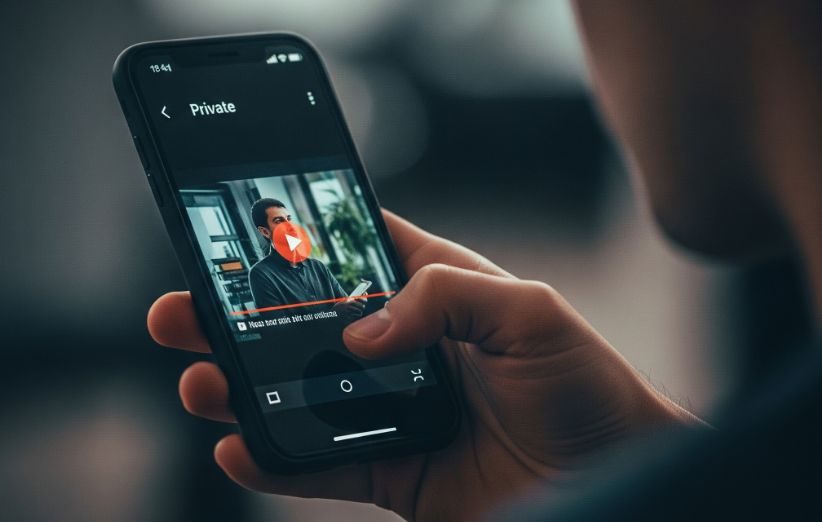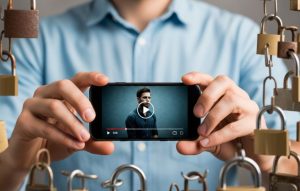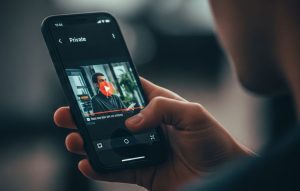You’ve just finished editing your masterpiece and uploaded it to Vimeo. Now you’re faced with a list of privacy options, and you’re wondering, what does “private video” on Vimeo mean, really? Unlike other platforms where “private” has a single definition, Vimeo offers a powerful suite of privacy tools designed for professional creators. The term “private” here is just the tip of the iceberg.
Let’s get straight to the point. On Vimeo, setting a video to **”Private“** means it is completely locked down. It will not appear in any public search results on Vimeo or Google, and only you and team members you specifically invite to the project can view it. However, this is just one of several powerful privacy settings you can use. Understanding the others is key to sharing your work securely and effectively.
What Does “Private Video” on Vimeo Mean?
As we covered, the “Private” setting is for maximum security—think of it as a personal vault for your videos. It’s perfect for works-in-progress, internal company training videos, or personal archives. But what if you want to share your video with a select few? That’s where Vimeo’s other settings come in, offering more flexibility. Understanding these nuances is a core part of using the platform professionally, much like knowing How Much Does Vimeo Pay Per 1000 Views? is crucial for monetization.
Vimeo’s Privacy Levels Explained: Beyond Just “Private”
To truly answer “what does ‘private video’ on Vimeo mean,” you need to compare it to the other available options. Each setting serves a unique purpose for creators.
| Privacy Setting | Who Can See It? | Best Use Case |
|---|---|---|
| Private | Only you and invited team members. | Internal drafts, secure archival. |
| Password | Anyone with the direct link AND the password. | Sharing confidential work with clients. |
| Unlisted | Anyone with the direct link. Not searchable on Vimeo. | Embedding in a portfolio or sharing in an email. |
| Hide from Vimeo | Nobody on Vimeo.com. Can only be seen when embedded on other websites. | Website-exclusive content (e.g., course videos). |
| Public | Everyone. Appears in search results. | Promotional videos, public portfolio pieces. |
For a deep dive into the importance of online privacy for creators, organizations like the Electronic Frontier Foundation (EFF) provide invaluable resources.
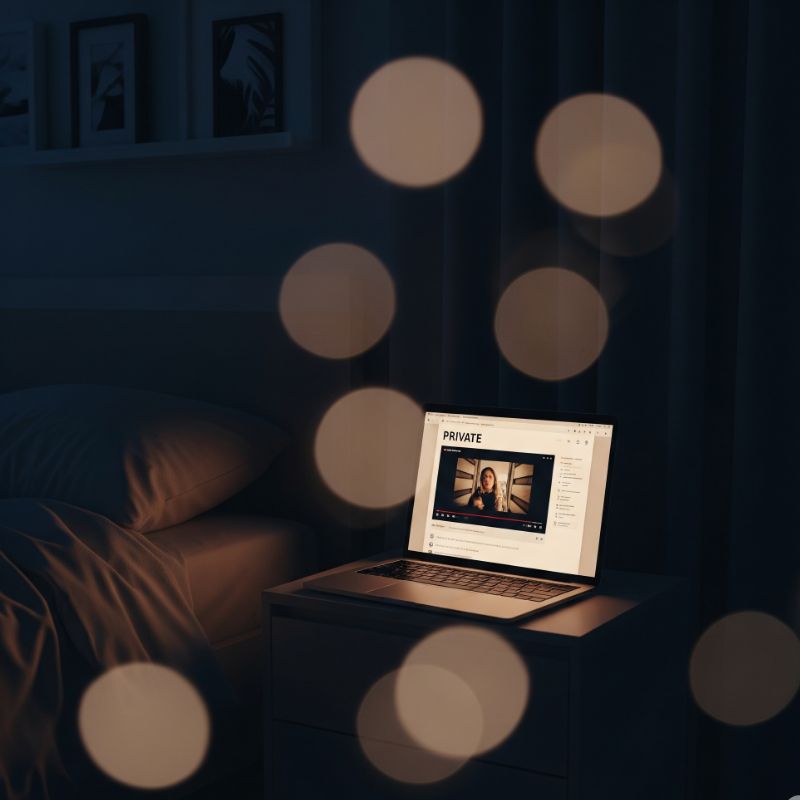
When Should You Use Each Privacy Setting?
Choosing the right setting depends entirely on your goal. Here are some real-world scenarios:
- You’re a filmmaker sending a rough cut to your producer for feedback. Use Private and invite them as a team member to collaborate.
- You’re a wedding videographer delivering the final video to a client. Use Password protection so only they can access their personal video.
- You’re a job applicant sharing your video portfolio. Use Unlisted links so recruiters can see your work without it being public.
- You’re an online educator hosting videos on your own membership site. Use Hide from Vimeo so the videos can only be viewed on your domain.
Mastering these settings is just as important as mastering the look of your video. For instance, you might want to know does vimeo allow vertical video uploads without black background to ensure a professional look on all devices.
Advanced Privacy Controls for Professionals
For those with paid plans, Vimeo offers even more granular control to protect your content:
- Domain-Level Privacy: This allows you to restrict embedding so your video can *only* be played on specific websites you own. This is essential for creators selling courses on their own domains.
- Disable Downloads: You can turn off the download button for viewers, preventing them from saving a local copy of your work.
- Customize Embed Settings: You can control exactly how your video player looks and functions when embedded on other sites. Learning how to save player setting in vimeo? can save you a lot of time and create a consistent brand experience.
These professional-grade tools are a key reason why many creators choose Vimeo, a topic often explored in-depth by tech media outlets like The Verge.
How Privacy Settings Affect Your Video’s Reach
It’s important to understand the trade-off: higher privacy means lower discoverability. If your goal is to get as many views as possible, a public video is your best option. However, if your goal is to protect your work or sell it directly, the private settings are essential.
For public videos, you can give them an initial boost with a high-quality Vimeo SMM Panel. This can increase early views and likes, signaling to the platform that your content is valuable. For a broader strategy, the best SMM panel will offer services across multiple platforms.
Once your content is ready to be shared more widely, you might even want to know How to Embed a Vimeo Video in PowerPoint? for presentations. And for accessibility, learning how to export vimeo transcript can make your content reachable to a wider audience.
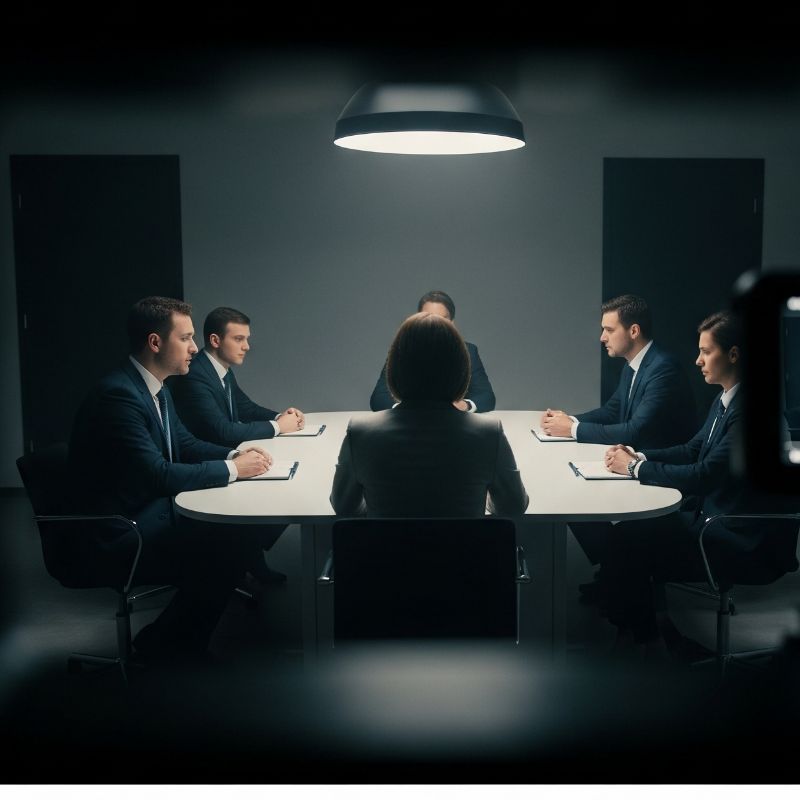
Frequently Asked Questions (FAQ)
1. If I set a video to “Unlisted,” can it be shared?
Yes. Anyone who has the direct link can watch an unlisted video, and they can also share that link with others. It is not password-protected, just hidden from public search and Browse on Vimeo.
2. Can I change the privacy setting of a video after I’ve published it?
Absolutely. You can change the privacy setting of any of your videos at any time through the video’s settings page. The change takes effect immediately.
3. What’s the difference between “Private” and “Password”?
A “Private” video is only accessible to you and specific Vimeo users you add as team members. A “Password” protected video can be watched by anyone, anywhere, as long as they have both the link and the password you set. Password protection is better for sharing with clients who may not have a Vimeo account.

